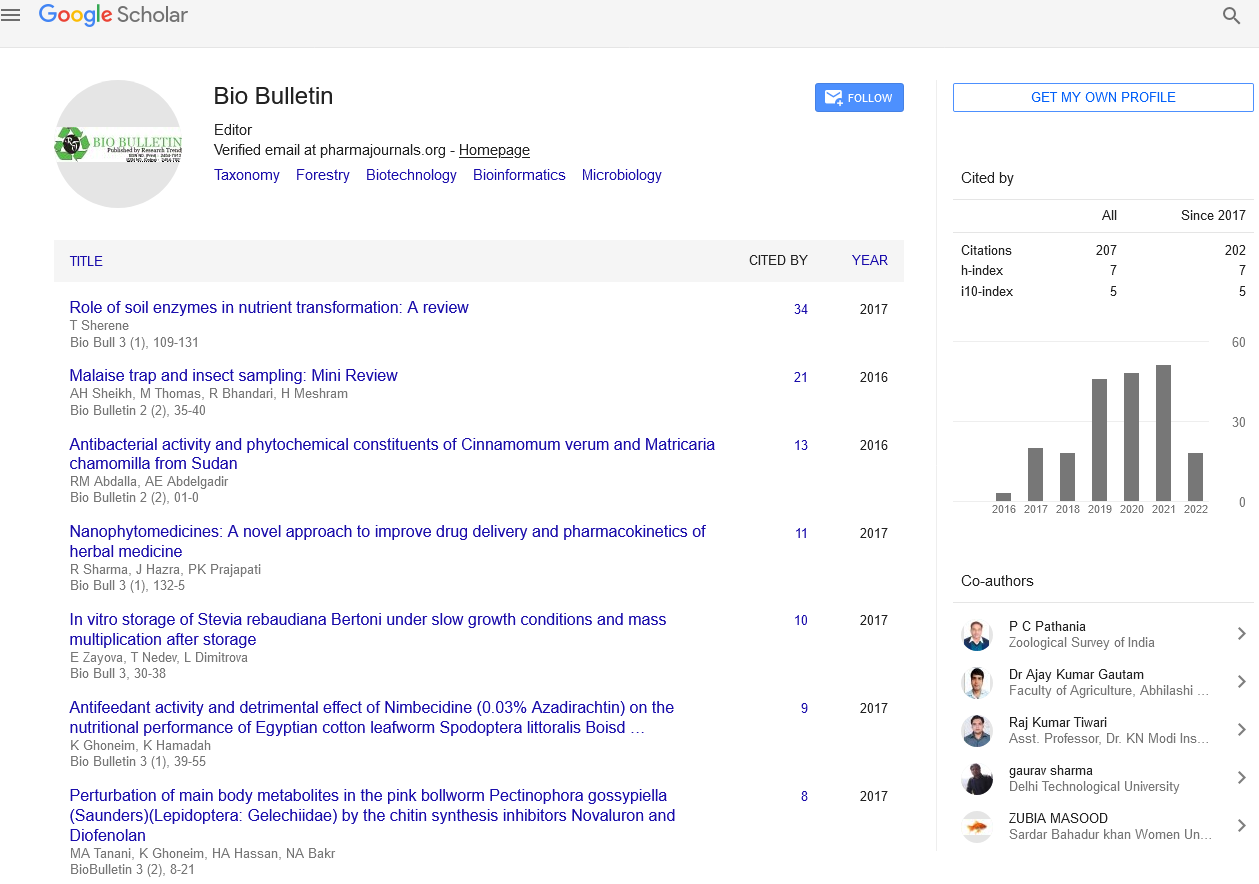Hydrocarbons and Their Impact on Certain Soil Properties: A Review
Abstract
Author(s): Kupozulu Swuro, Bilal Ahmad Wani, Khursheed Ahmad Wani
The petrol stations and in their immediate surroundings is affected by emissions stemming from evaporated vehicle fuels, unburnt fuels from fuel loading and unloading operations, refuelling and liquid spillages. The distances depend on the number of petrol pumps, the amount of fuel drawn from them, traffic intensity, the structure of the surroundings, and weather conditions. According to literature available, the more contaminated the zone surrounding the petrol station as a result of other causes (traffic), the lower the impact of the two pollutants at the service station. If traffic in the area surrounding the petrol station is very intense, and exceeds the emissions from the station itself, pollution at the service station is "overlapped and goes unnoticed" over short distances. The literature study shows that a "minimum" distance of 50 metres should be maintained between petrol stations and housing, and 100 metres for "especially vulnerable" facilities such as hospitals, health centres, schools and old people's homes. However, petrol stations are not the only source of emission of these pollutants. This article will review the different studies petroleum products and their impact on the different soil properties.
Share this article

